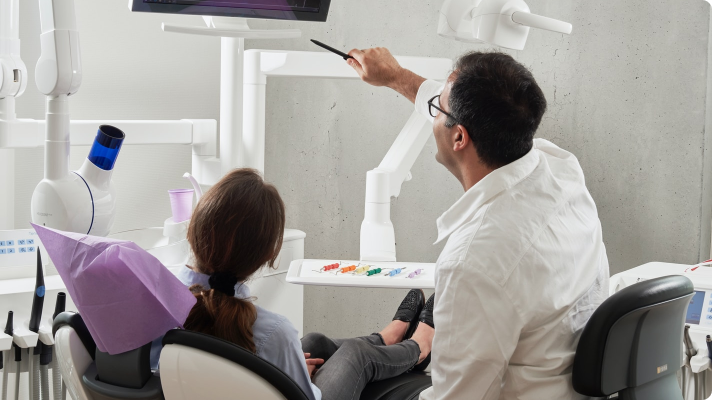If an oral surgeon has recommended dental bone grafts, there’s a good reason. The loss of tooth-supporting bone can lead to long term problems for the patient. Surgery is fairly simple, and dental bone graft recovery doesn’t take very long.
These days bone grafts for dental implants are very common. However, bone grafting is a good way to keep your teeth if you have experienced periodontal disease. It’s also a simple addition to a tooth extraction, allowing the area to regrow bone instead of lose it.
Facts About Dental Bone Graft Surgery
Here are the most common questions and answers regarding dental bone graft surgery. For more information, please talk to our staff about the benefits of this procedure.
- Are Dental Bone Grafts Necessary?
The tooth-supporting bone can be lost due to damage such an injury or due to periodontal (gum) disease. If a tooth is lost, the bone may start being reabsorbed by the body. In all of these cases, it is important to act quickly to stop bone loss. - Where does bone graft material come from?
The oral surgeon may use bone from your body. However, it is just as likely to be from a human donor or an animal. Synthetic substances can also be used. - How do you know the bone graft material is safe?
Grafting materials come from laboratories where care has been taken to ensure quality and purity. - What happens during dental bone graft surgery?
Before surgery, local anesthesia is generally enough. However, you may request oral or intravenous sedatives. During the procedure, the oral surgeon makes a small incision to access the bone beneath the gum. The grafting material is injected through a syringe. For optimum bone repair, it is covered by a collagen membrane. - Why does a bone graft work?
The material added to your jaw bone can act as a scaffold, allowing the body to rebuild the bone where it is needed. The processed bone minerals promote the growth of new bone cells. - How is a bone graft used?
To stop tooth loss after severe gum disease, the oral surgeon can regenerate the bone and increase natural support for the patient’s existing teeth.
When extracting a tooth, an oral surgeon can add bone grafting material. This starts the process of restoring the bone in anticipation of replacing the missing tooth.
If a person is getting dental implants, the oral surgeon may need to perform grafts to increase the volume and density of the bone. - What to expect after dental bone graft?
After surgery, the area will be sore. You will be given instructions in how to care for your mouth. Over-the-counter pain relievers or anti-inflammatory medications can help. Ice therapy is recommended after the procedure.
Discomfort usually subsidies in a few days. Then the bone should heal over the next several months.
Call for a Consultation
Our office is available for consultation. We can also offer a second opinion about tooth loss, dental bone grafting, and dental implants. Don’t hesitate to call.
